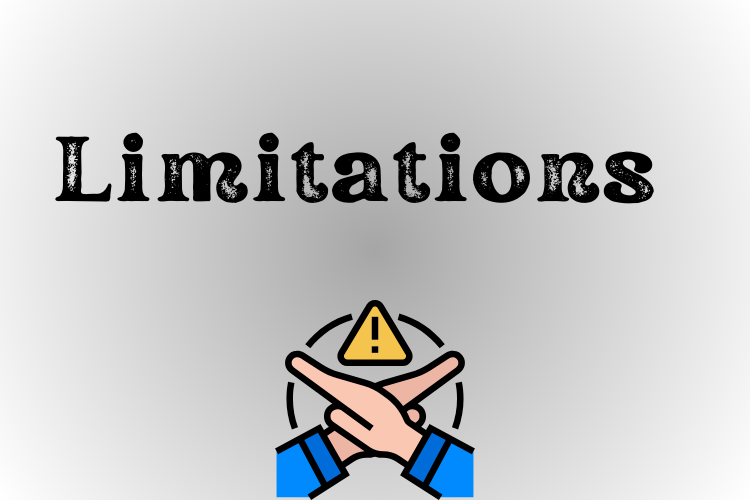Section 199A, also called the Qualified Business Income (QBI) deduction, is a useful tax deduction that was added by the Tax Cuts and Jobs Act (TCJA) of 2017. It applies to many business owners and investors.
This provision allows eligible taxpayers to deduct up to 20% of their QBI, but it’s not as straightforward as it sounds. Let’s explore who qualifies for this deduction and the limitations that come with it.
Who Qualifies for Section 199A?
The QBI deduction is available to sole proprietors, partnerships, S corporations, trusts, and estates with qualified business income.
It also includes people who own shares in S corporations and are partners in partnerships. The deduction is available to both itemizers and non-itemizers.
Qualified Business Income (QBI)

QBI is the net amount of income, gains, deductions, and losses from any qualified trade or business in the United States.
This excludes capital gains or losses, dividends, interest income (unless it’s allocable to the business), and certain other items.
Limitations of Section 199A

While Section 199A offers a substantial tax break, it comes with several limitations, particularly for high-income earners.
Here’s what you need to know:
1. Specified Service Trades or Businesses (SSTBs)
SSTBs are certain kinds of businesses whose main asset is the skill or reputation of the owners or employees. These include fields like law, health, accounting, consulting, and financial services.
The deduction for SSTBs starts to diminish if your income exceeds the threshold, which is $191,950 for single filers and $383,900 for married filers filing jointly in 2024.
Once taxable income reaches $241,950 for single filers and $483,900 for married couples filing jointly, the deduction is completely eliminated.
2. W-2 Wages and Capital Investment Limitation

People who own non-SSTB businesses and make more than the tax threshold may not be able to deduct as much from their QBI.
This is due to the possibility that the W-2 wages paid by the company and the unadjusted basis immediately after acquisition (UBIA) of qualified property may both have a limit on the QBI deduction.
The deduction cannot exceed the greater of:
- 50% of the W-2 wages paid with respect to the business, or
- 25% of the W-2 wages plus 2.5% of the UBIA of qualified property.
This limitation ensures that the deduction benefits businesses that contribute to employment and make substantial capital investments.
3. Carryforward Losses
If your business incurs a loss, it reduces the QBI from other businesses. A net loss is carried forward to the next tax year, potentially reducing that year’s QBI deduction.
This carryforward can limit the deduction in subsequent years until the loss is fully absorbed.
Strategies to Limit the Impact of Section 199A Limitations

Given these limitations, there are strategies that business owners can employ to potentially maximize their QBI deduction:
- For SSTBs: Monitor your income levels to stay below the threshold if possible. This may involve timing income and deductions or considering alternative income streams that are not classified as SSTB.
- For W-2 Wages and Capital Investment: Evaluate your payroll and capital investment strategies. Increasing wages or investing in qualifying property could help maximize your deduction.
- For Carryforward Losses: If you have multiple businesses, consider the impact of losses in one business on the overall QBI. Strategic tax planning can help manage these losses to optimize the QBI deduction.
Conclusion
Section 199A offers a significant tax advantage for many business owners, but it’s essential to understand the qualifications and navigate the limitations. SSTBs, high-income earners, and businesses with low wages or capital investment face particular challenges.
By staying informed and engaging in strategic planning, you can work towards maximizing your QBI deduction. As always, consult with a tax professional to ensure you’re making the most of this complex tax provision.
